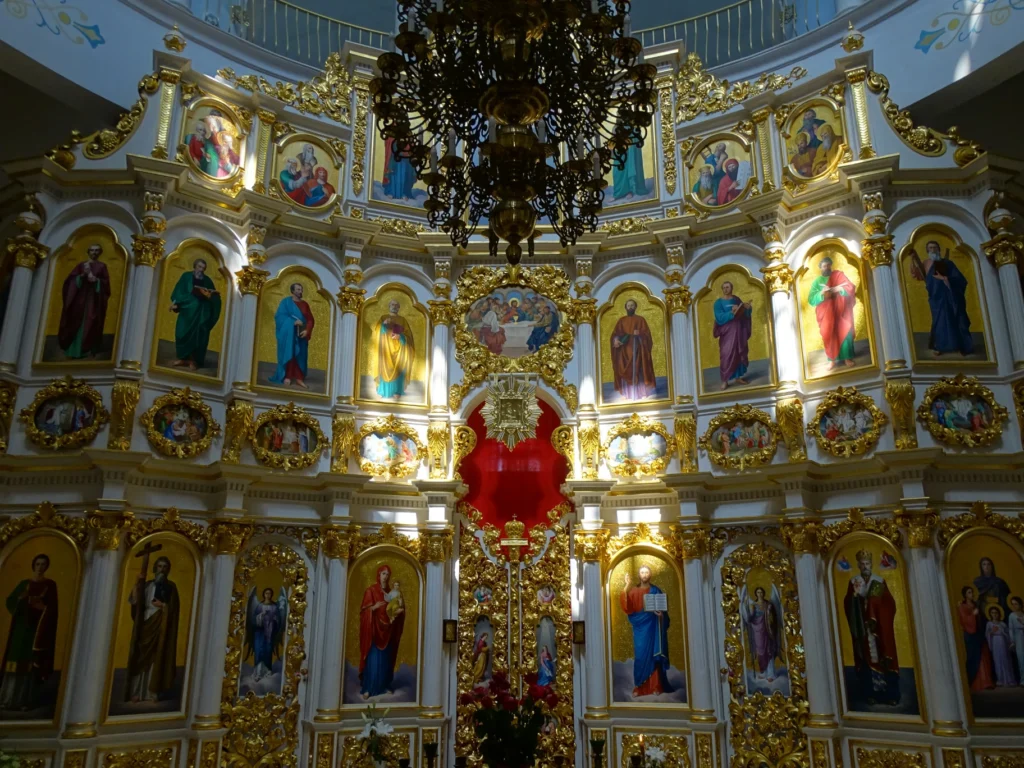In a remote village nestled deep in the heart of the Carpathian Mountains, a small group of worshippers gather inside a centuries-old stone church. The atmosphere is filled with reverence and devotion as they bow their heads in prayer. While on the surface, this scene may seem like a typical religious gathering, it encapsulates the complex dynamics surrounding the Russian Orthodox Church (ROC) and the Ukrainian Orthodox Church (UOC), two entities that have been entangled in religious and geopolitical disputes for decades.
The Historical Background
To understand the underlying tensions, it is essential to delve into the historical background of these two influential Orthodox Christian denominations. The existence of the Russian Orthodox Church dates back centuries and has always been closely tied to the Russian state, fostering a symbiotic relationship that has profoundly influenced Russian culture and politics. On the other hand, the Ukrainian Orthodox Church has a more complex lineage, with roots in both the Byzantine and Kyivan (Kievan) Christianity traditions.
Autonomy vs. Dependence:
A significant point of contention between the Russian and Ukrainian Orthodox Churches revolves around the issue of autonomy. The ROC, under the authority of the Moscow Patriarchate, asserts its dominance over all Orthodox Churches within the former Soviet territories. However, the UOC seeks greater independence and recognition as an autocephalous church, separate from Moscow’s control. This struggle for autonomy reflects the broader desire of Ukrainians to assert their national identity.
Geopolitical Dimensions:
Beyond religious differences, the conflict between the ROC and the UOC carries broader geopolitical implications. Ukraine’s historical and cultural ties with Russia have long made it a battleground for influence between East and West. The Russian annexation of Crimea in 2014 and the subsequent conflict in eastern Ukraine further exacerbated existing divisions within the Orthodox communities. These events played a significant role in fueling the nationalist sentiments and crystallizing support for an autonomous Ukrainian Orthodox Church.
Language and Liturgy:
Language also plays a crucial role in differentiating these two Orthodox communities. The ROC primarily conducts its services in Church Slavonic, a language associated with the historic Russian empire. Conversely, the UOC embraces the use of Ukrainian in its liturgy, emphasizing and nurturing the distinct cultural identity of Ukraine. In recent years, this linguistic divergence has become a symbol of resistance against perceived Russian influence.
Ecumenical Relations:
The schism between the two churches has strained their ecumenical relations, particularly with other Orthodox churches worldwide. As the UOC has pursued self-governance and recognition, it has sought alliances and support from other Orthodox Christian communities outside Moscow’s reach. This development has led to worldwide debates and discussions on the autonomy and unity of the Orthodox faith.
In the End
As the sun sets behind the picturesque mountains, the worshippers in the Carpathian village slowly exit the church. While their devotion may seemingly transcend the rifts between the Russian Orthodox Church and the Ukrainian Orthodox Church, the underlying dynamics cannot be ignored. The quest for autonomy, geopolitical tensions, linguistic identity, and ecumenical implications all intertwine, shaping the distinct differences between these two influential Orthodox denominations. Ultimately, the ongoing struggle reflects deeper desires for national identity and independence within Ukraine, with ramifications that extend far beyond religious practice.
